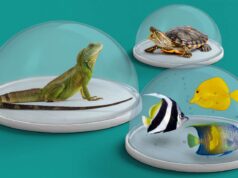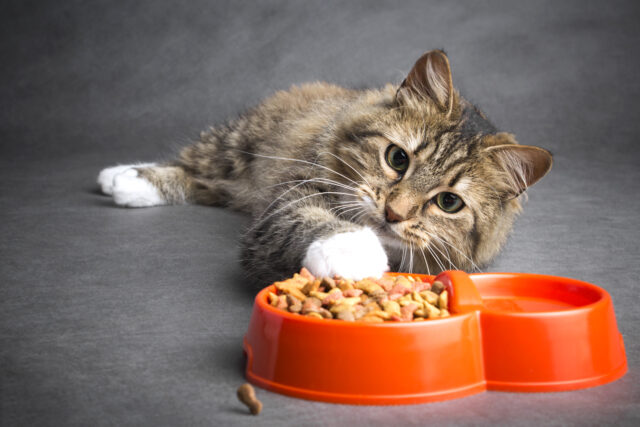
Depending on their age, physical, and medical condition, cats have different nutritional requirements. While you’ll find plenty of cat food products sold commercially, making your own cat food at home will give you an assurance that you’re providing the right nutrition for your furry friends.
For instance, research by Petsumer.com shows that nursing cats need a 30% minimum of crude protein that comes from animal-based sources. Also, nursing cats need high calories for energy because 40% of their body weight is lost after delivery and the rest during lactation. Making your own cat food will ensure that you’re meeting these nutritional requirements.
Thus, to help you out, here are the different steps on how to make your own cat food at home:
Step 1: Make Dry Kibble
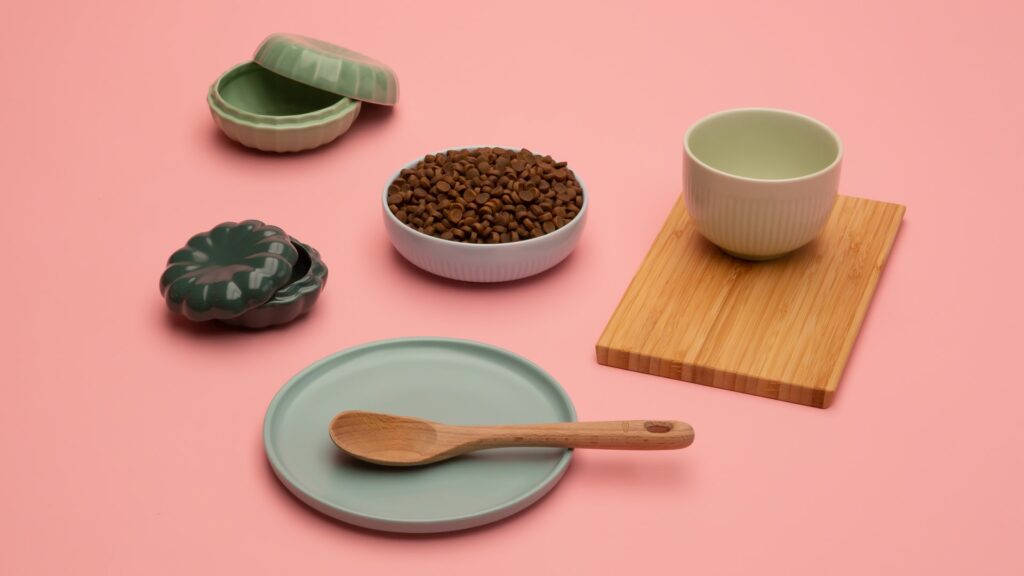
Dry kibble can be stored in the fridge for up to three weeks. It’s easy-to-prepare pet food that’s supplemented with wet, meat-based food, such as vegetable medley, pork or beef shreds, and chicken. For a complete, healthy feline diet, also add fruits.
The ingredients to make dry kibble are:
- 15 ounces of canned mackerel
- 1 cup of cornmeal
- 1 cup of fat-free dry milk
- 2 cups of water
- 3 cups of wheat flour
- 2 cups of soy flour
- 1 cup of wheat germ
- 1/2 cup of brewer’s yeast
- 1 tablespoon of cod liver oil
- 5 tablespoons of vegetable oil
Instructions:
Preheat oven: When baking dry kibble, you need to preheat the oven to 350°F. Set the baking sheet so it’s prepared when the dough is done.
Whisk dry ingredients together: Use a wooden spoon or whisk to combine dry ingredients together in a mixing bowl.
- Combine oils and mackerel: Mash the mackerel (you can also use anchovies or sardines) and oils (cod liver and vegetable oils) in a small bowl using a fork.
Make a dough: Pour 2 cups of water into the bowl along with the dry ingredients. Use a large spoon to mix them until the mixture gets heavy and thick, and then switch to hand mixing. Gather and push the dough into the bowl. Add the oil and fish mixture to the dough and roll it out using a rolling pin. Cut the dough into ¼ inch and place it on parchment paper. - Bake for 20 to 25 Minutes: Flip the kibble every 5 to 10 minutes for an even bake.
Refrigerate the kibble: Place the kibble in an air-tight container after cooling it in a tray for 10 to 15 minutes.
Step 2: Make Chicken and Tuna Combi Dinner Meal
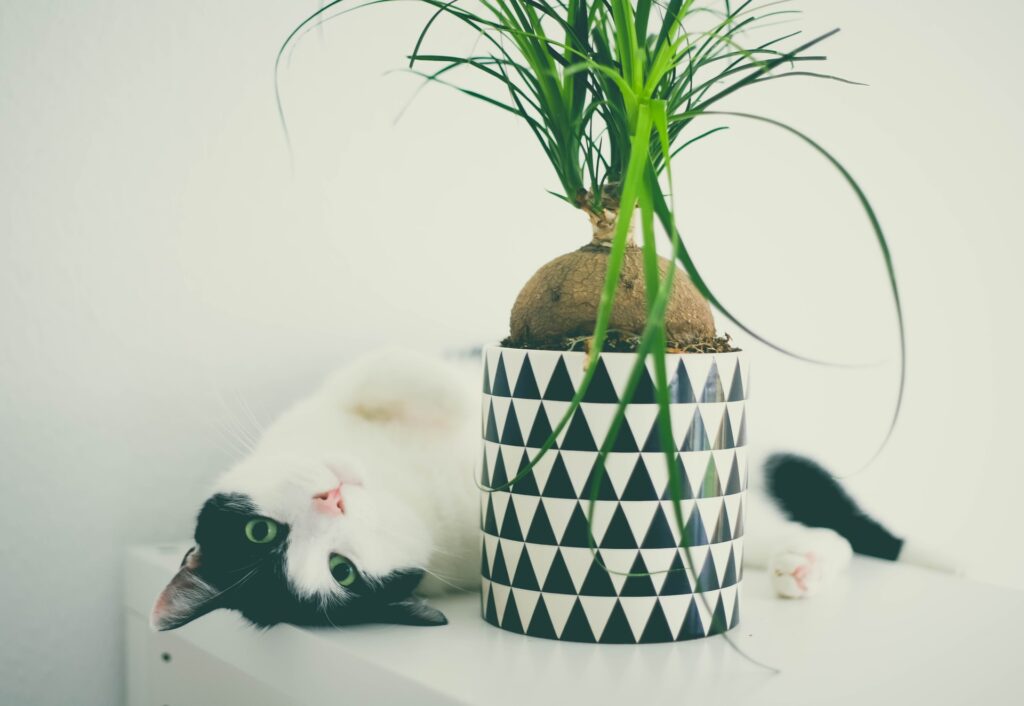
The cat-human relationship grows even stronger during mealtime. So, be creative in making meals for your cats to nurture this relationship.
For an irresistible dinner, combine kibble with chicken and tuna. Finicky cats will have a better appetite with this healthy meal.
Here’s how to create a chicken and tuna meal:
- Prepare the ingredients–1/2 cup cooked chicken, 1 tablespoon cooked mashed carrot, 1 can tuna in oil, and 2 tablespoons brown rice.
- Combine all these ingredients in a food processor and pulse until blended. Refrigerate any leftovers for three days only.
Step 3: Make A Vegetable Medley
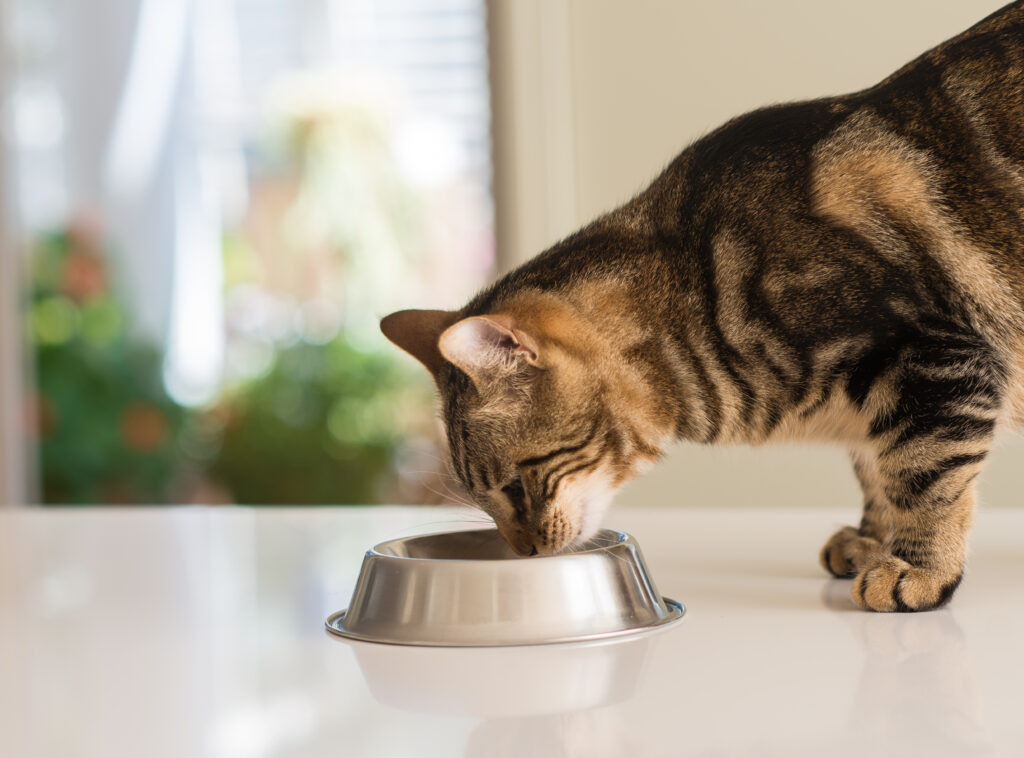
Cats also need vegetables to build a stronger immune system. However, serve only small portions of cooked veggies to your furry friends, such as baked carrots, steamed broccoli, asparagus, chopped greens, green beans, or winter squash.
Here’s how to make a homemade vegetable medley for felines:
- Clean vegetables and remove hard parts, like stems, leaves, seeds, or thick skin.
- Bake or steam vegetables until soft.
- Puree vegetables and mix them into kibble.
- Serve the vegetable medley to your kitties.
Step 4: Add Fruits
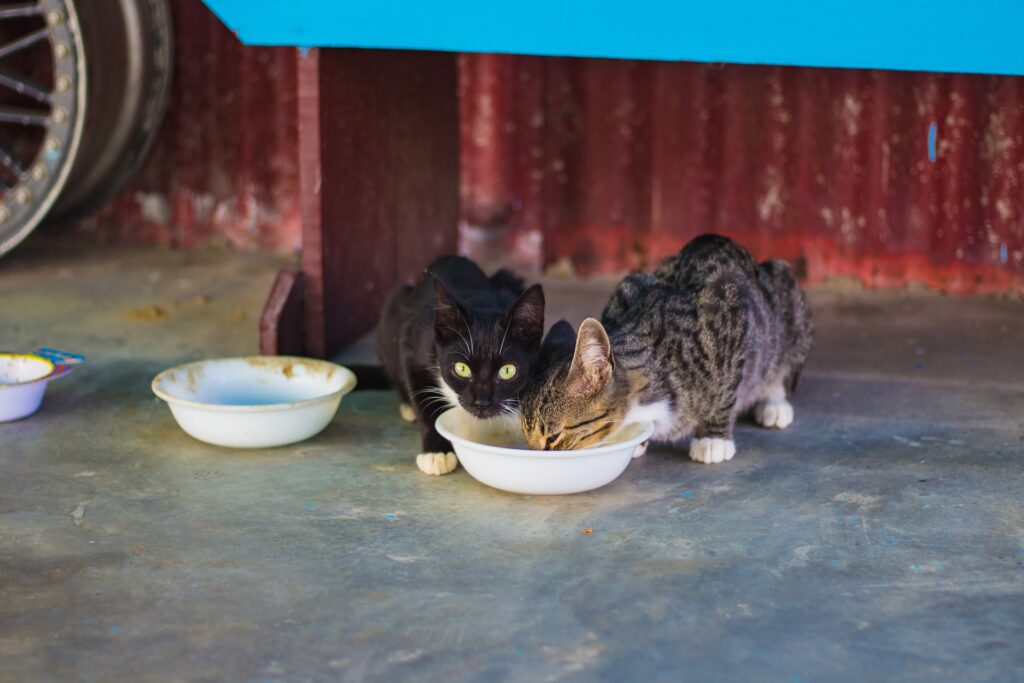
Fruits make great frozen treats for your furry friend. The safest way to engage your feline to eat fruits is to cut the leaves and stem, and then feed only a small portion of strawberry, banana, cucumber, kiwi, pears, and seedless watermelon. You can also offer fresh fruits that are cut into pieces or frozen fruit treats given separately from regular pet food.
Check out how to make these fruit treats for cats:
- Frozen fruit treats: Make a frozen banana treat by pureeing ripe bananas and then pouring them into ice cube trays. Add in some kibble or either canned or sprinkle catnip to make it more appealing to your cat.
- Cool smoothies: Open a can of cat food, then slice or dice into chunks. Add water and ice, then mix them in a blender. Also, you can make a regular fruit smoothie for your kitty.
- Fruity ice cream: Purchase special milk for cats at the pet store. You can use goat’s milk as a healthy alternative. Make a kitty ice cream, and then pour the milk into a plastic sandwich bag. Add a pureed banana or any safe fruit for kitties.
Next, add kibbles or wet cat food to add crunchy treats. Seal the bag. In a larger bag, put some chunks of ice and rock salt. Next, squish the bag and mush it up. Roll the bag around a counter. After which, your kitty, fruity ice cream is ready to serve.
Step 5: Serve Water

Like any other animals, cats need water to survive. But you can be creative when introducing water to cats, such as in the form of ice cubes. A simple ice cube made out of plain water makes a great treat for your lovely pets since ice cubes will entertain your kitties as well as hydrate them.
You can make ice cubes extra special by adding in pieces of fruit, meat, or tuna. If your cat isn’t too interested in a plain ice cube, you can drizzle it with gravy, tuna water, or sprinkle some catnip.
Takeaways
In this article, you’ve learned some basic steps on how to make your cat food at home. The recipes you can make for your cat include dry kibble, chicken and tuna combi dinner meal, vegetable medley, and frozen fruit treats. Make your furry friends strong, healthy, and happy, by serving these recommended foods.
There are still more creative ways to make and introduce food to your feline friends. Click here for 12 delicious and easy cat food recipes. As long as you know some of the basic steps and foods to avoid for your kitty, you’ll encourage them to eat and maintain good nutrition. Baking kibbles, steaming vegetables, and creating ice cold and frozen delights are highly recommended instead of raw foods.

